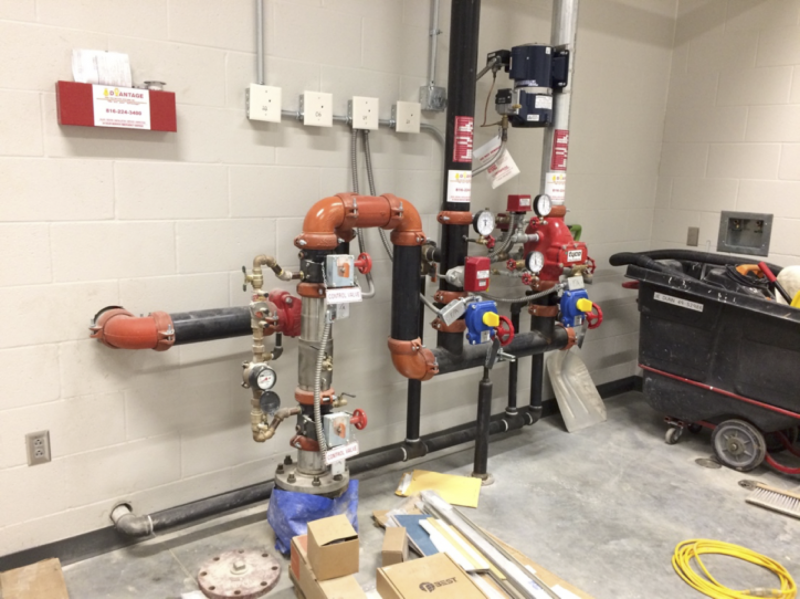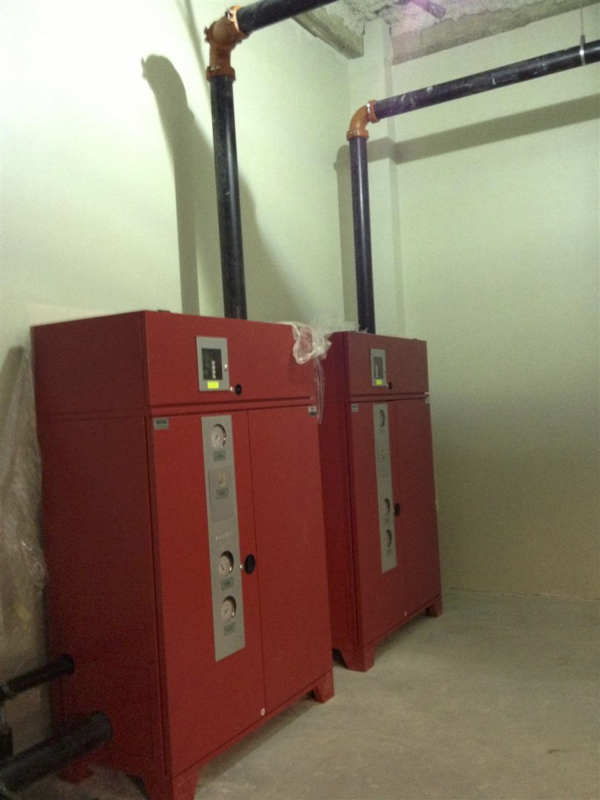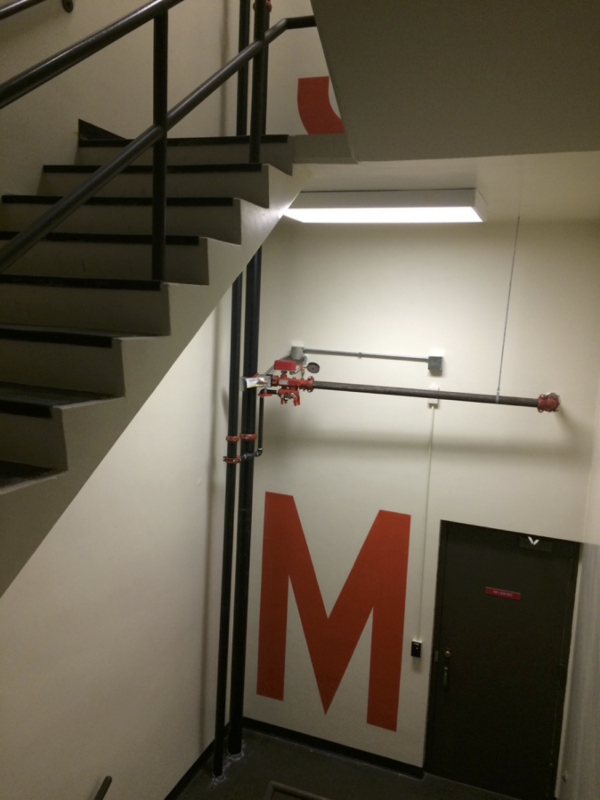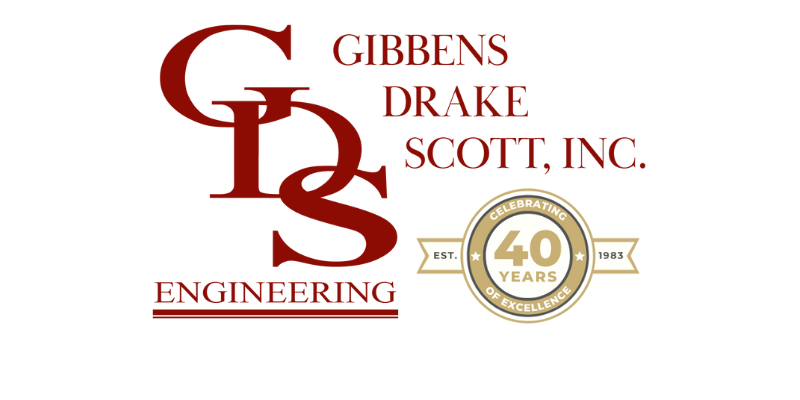Automatic Fire Sprinkler Systems
Hello! Steve Rios, back again with information about automatic fire sprinkler systems. We’ll take a look at the types of systems available and the applications for each. I’ve also provided a list of the applicable design standards for these systems. Let’s dig in…
There are five basic automatic fire sprinkler systems:
- Wet Pipe Systems
- Dry Pipe Systems
- Pre-Action Systems
- Deluge Systems
- Combination Fire Standpipe and Sprinkler
The wet pipe system employs automatic sprinklers attached to piping containing water under pressure at all times. When a fire occurs, individual sprinklers are actuated by the heat and water flows immediately. This system is generally used whenever there is no danger of the water in the pipes freezing, and whenever there are no special conditions requiring one of the other systems.
A dry pipe system has automatic sprinklers attached to piping containing air under pressure. When a sprinkler is opened by heat from fire, air pressure is reduced, the dry pipe valve is opened by water pressure, and water flows to any open sprinklers. Dry pipe systems operate more slowly than wet types, and are also more expensive to maintain. For these reasons, they are installed only where necessary (generally where freezing is a problem.)

Pre-Action systems are designed primarily to counteract the operational delay of a conventional dry pipe system, and to eliminate the danger of water damage resulting from accidental damage to automatic sprinklers or piping. In pre-action systems, the water supply valve is actuated independently of the opening of sprinkler: i.e., the valve is opened by the operation of an automatic fire detection system and not by the fusing of sprinklers. This system is used often in mission critical facilities (data centers).

The purpose of a deluge system is to deliver the most water in the least time. It wet a down an entire area by admitting water to sprinklers or spray nozzles that are open at all times. By using automatic fire detection devices of a type used in pre-action systems or controls designed for individual hazards, it is possible to apply water to fire more quickly than with systems in which operation depends on the opening of sprinklers only as the fire spreads. Deluge systems are suitable for extra hazard occupancies in which flammable liquids are handled or stored, and where there is a possibility that fire may flash ahead of the operation of ordinary automatic sprinklers. This system is often employed in airport facilities at concourses to wash exterior glass in the event of a fuel fire on the tarmac.
In a combination sprinkler and standpipe system, the sprinkler risers can be used for feeding both the sprinkler system and the hose outlets. The outlets are 2½in, these are used by the fire department. If the building is completely sprinklered, 1½in. hose for occupant use should be omitted. These are well suited to address high rise fires where the standpipes can be accessed by the fire department to locally address fires within the building with hoses.

As a note, for all of these systems where street water pressure is insufficient, the automatic source should be gravity tanks, automatic fire pumps, or hydro-pneumatic pressure tanks.
Applicable Standards for Automatic Fire Sprinkler Systems:
NFPA 13 Standard for the Installation of Sprinkler Systems
NFPA 14 Standard for the Installation of Standpipe and Hose Systems
NFPA 20 Standard for the Installation of Stationary Pumps for Fire Protection
NFPA 22 Standard for Water Tanks for Private Fire Protection
NFPA 24 Standard for the Installation of Private Fire Service Mains and Their Appurtenances
